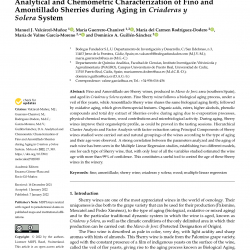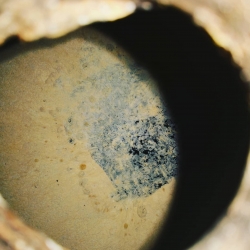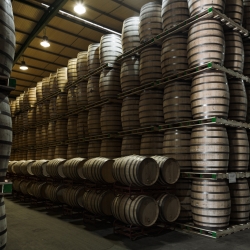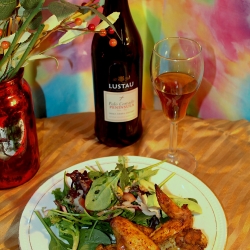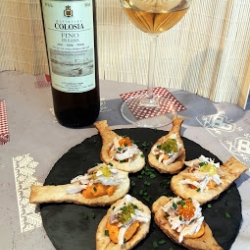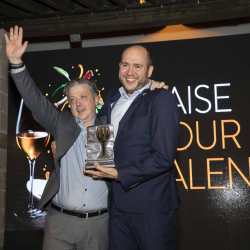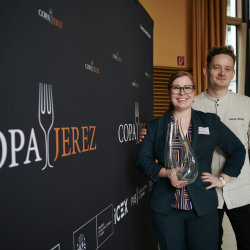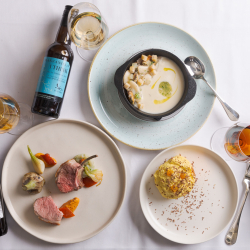From Wedges to Flor
Sherry is born in the country thanks to the albariza soils and one of the most productive grapes established in the Sherry region, the Palomino. Sherry is a wine which is above all pampered in the bodega, it is cared for down to the smallest detail in a totally artisan way. From the Sobretablas, where the wine decides what it will be, wine is racked from each scale till it finally reaches the solera where, these cradles known as “botas” or butts, vessels made from American oak and previously seasoned with wine, will store one of the most refined, elegant and infinitely characterful wines ever created.
Few people pay much attention to how these structures of butts are built. The writer has had – and still has - the opportunity and the good fortune to work in one of the most interesting and most historic roles which still live on today. The chance to learn at first hand from the master “arrumbaores” (workers responsible for constructing and maintaining the stacks of butts and for racking the wine) who convey even more – if more were possible – the sense of wonder of the marvellous world of Sherry.
The first thing to do to begin the “faena” (task) of stacking butts to store the wine, is to prepare the various chocks and wedges. There are three types, made from quite different materials. The “bocacha”, is a wedge made from oak, which will grip the Sherry butt. This will be paired with the “llano”, a flat wooden square made from American oak, Eucalyptus or Pine, which serves as a base for the bocacha. Lastly, the “chirlata” is a flat piece of oak, thinner than the llano, which serves mainly to level the wooden “escalera de trasiego”, a short ladder-like device, against the ground.
Once the escalera is in place – with millimeter accuracy – the Sherry butts can be positioned one against the next using llanos and chirlatas as spacers. This work requires a high degree of skill since the strength of the entire andana depends on it, as does the creation of one of the finest wines in the world.
The views and opinions expressed in this article are those of the authors and do not necessarily represent those of El Consejo Regulador.
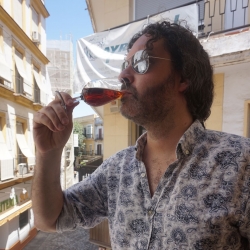

27 January 2017


